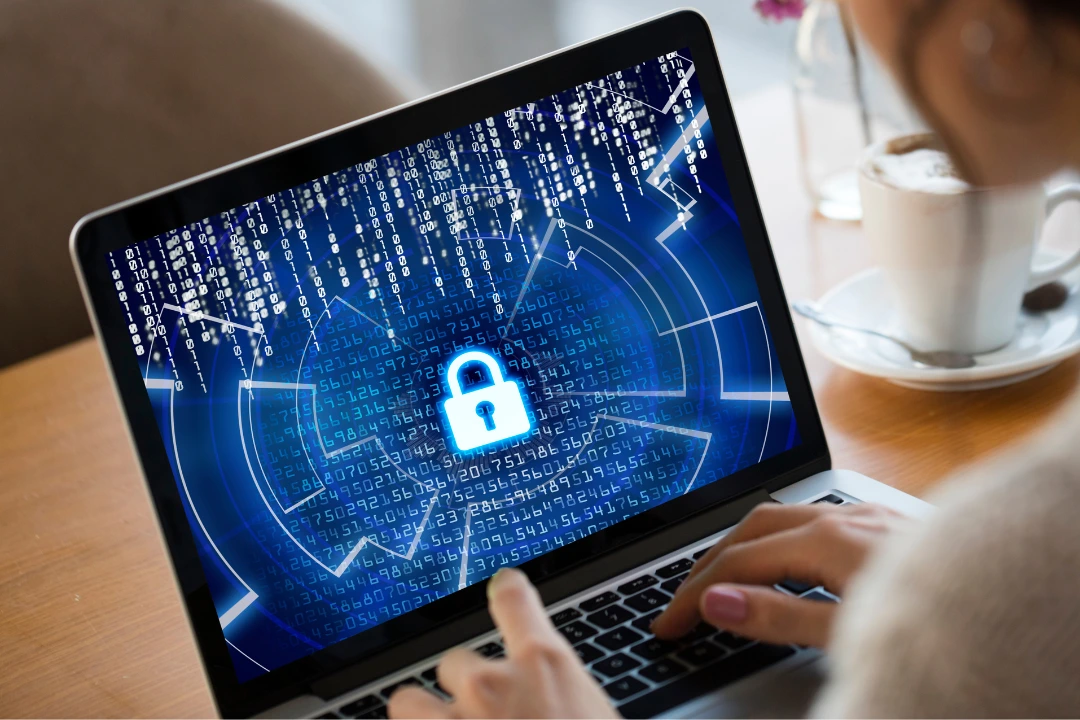Cybersecurity training has become crucial for companies, especially those with remote workers. In 2021, Microsoft published a Digital Defense Report that shed light on the increased susceptibility of remote workers to cybercriminal actions. The report attributed this heightened vulnerability to two main factors: the private industry’s growing support for remote work and the unprecedented circumstances brought about by the COVID-19 pandemic. As stated in the report, the widespread shift to remote work, necessitated by the pandemic, created fresh opportunities for cybercriminals to exploit, such as the use of personal home devices for business-related activities.
Companies employing remote workers must prioritize the implementation of comprehensive training measures to educate their employees about various cybersecurity threats.
What Should this Cybersecurity Training Process Look Like?
1. Social Engineering Attacks:
One of the most prevalent and hazardous risks encountered by remote workers is social engineering attacks. These attacks exploit psychological vulnerabilities and trick remote workers into making errors.
While phishing attacks through email are commonly known, it is crucial for employers to recognize that social engineering attacks extend beyond email-based phishing. Other modes of these attacks include text messages, phone calls, social media interactions, and the dissemination of false information, all of which require equal attention and mitigation strategies. Employers must be vigilant and address the various avenues that social engineering perpetrators use.
2. Not having strong passwords
One of the primary causes of data breaches worldwide is the prevalence of weak passwords. While there are other contributing factors, weak passwords pose a significant risk to remote workers as they can lead to unauthorized access or compromise of sensitive information. To mitigate the likelihood of data breaches affecting your remote employees, it is essential to provide training on the significance of strong passwords and how to minimize password-related risks.
During your cybersecurity training process, consider addressing the following key password-related points
- Implementing additional security measures, such as using passphrases, which are longer and more complex than traditional passwords.
- Emphasizing the importance of using unique passwords for each online account to prevent a single compromised password from affecting multiple accounts.
- Encouraging the use of password managers to securely store and generate complex passwords.
- Promoting the adoption of multifactor or two-factor authentication, which adds an extra layer of security by requiring additional verification beyond passwords.
These points can help your remote workers enhance their password practices and reduce the risk of data breaches impacting their accounts and sensitive information.
3. Using outdated systems
It is critical to acknowledge that outdated technologies serve as lucrative opportunities for cybercriminals targeting remote workers. To combat this, it is essential to implement measures that ensure the continuous updating of operating systems, online applications, mobile applications, and other technologies utilized by remote employees.
Additionally, remote employees who use their personal devices for work-related tasks should be educated about the significance of keeping their systems up to date. Encouraging the use of automatic updates can be particularly beneficial, as it alleviates the burden of manual updates, which remote workers may postpone or overlook.
By prioritizing regular updates across various technology platforms, organizations can significantly reduce the vulnerability of remote workers to cyber threats and enhance their overall cybersecurity posture.
3 Additional Cybersecurity Training Topics to Cover
For starters, you’ll want to educate your employees on the significance of recognizing and addressing suspicious online activity. Provide them with clear guidelines on what suspicious activity may look like and how to report any such incidents they come across.
From there, emphasize to your employees that even when they work remotely from locations other than their own homes, they are still exposed to potential risks due to the public nature of their workplace. Ensure they understand the cybersecurity threats associated with their daily work routines and the need for vigilance in protecting sensitive information.
Lastly, communicate to your remote workers the importance of maintaining the privacy of their work-related technology. Stress that unauthorized individuals, including family and friends, should not be allowed access to their work devices or systems. Reinforce the message that safeguarding work-related technology is crucial for maintaining the security and confidentiality of company data.
Cybersecurity Training is a Must for All Employees
Incorporating comprehensive cybersecurity training into the orientation process for all new remote employees, regardless of whether they’ll be working remotely. It’s also equally important to provide continuous periodic training to keep them informed about critical cybersecurity updates as they emerge.
To ensure the cybersecurity training you offer is accurate, up-to-date, and thorough, consider arranging training sessions led by cybersecurity experts specializing in remote work environments.
By prioritizing ongoing cybersecurity training and seeking guidance from cybersecurity experts, you can foster a culture of awareness and preparedness among your remote workforce, equipping them with the knowledge and skills to effectively mitigate cyber threats and keep themselves and your organization safe.





